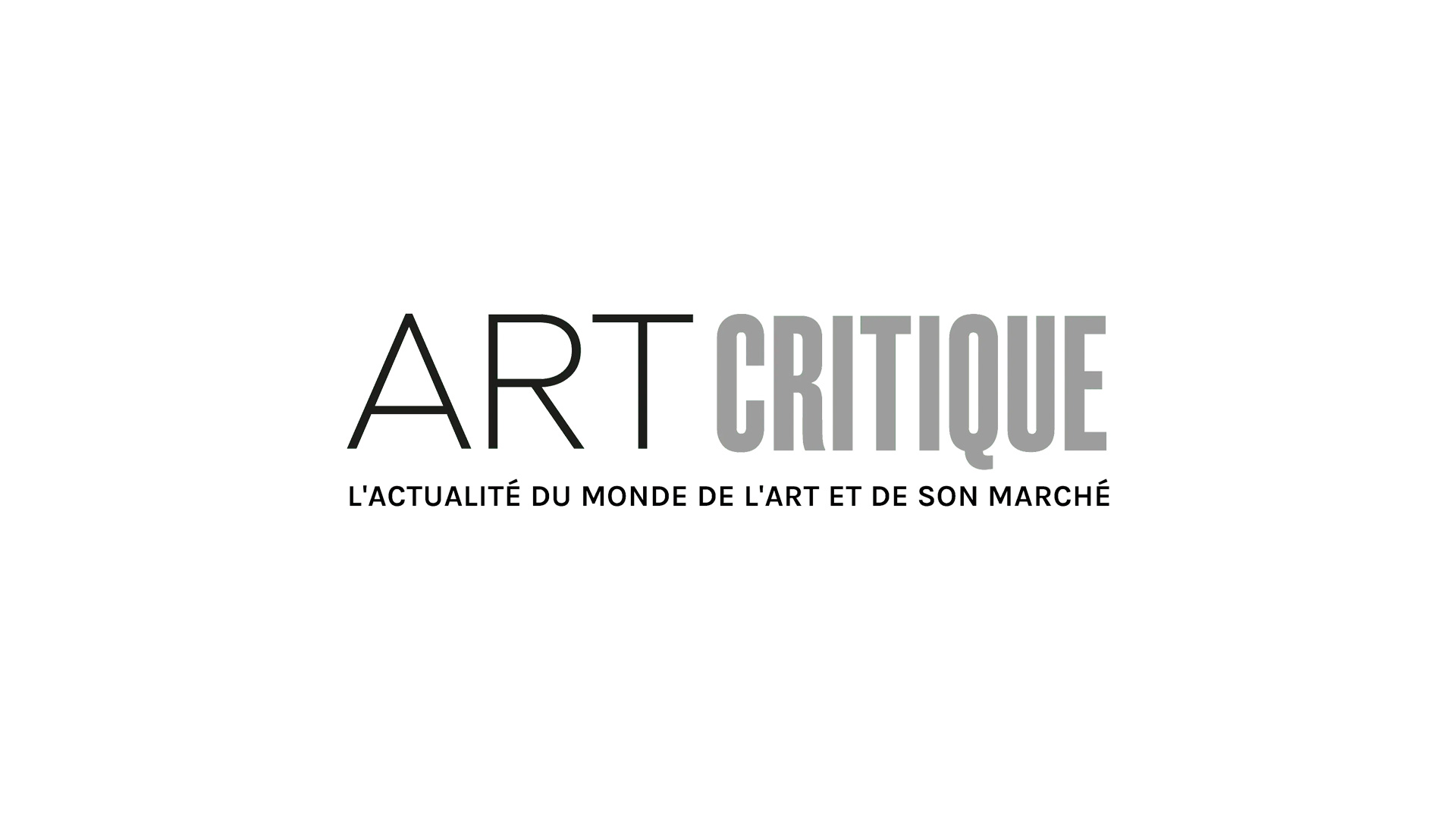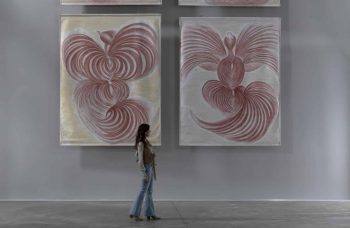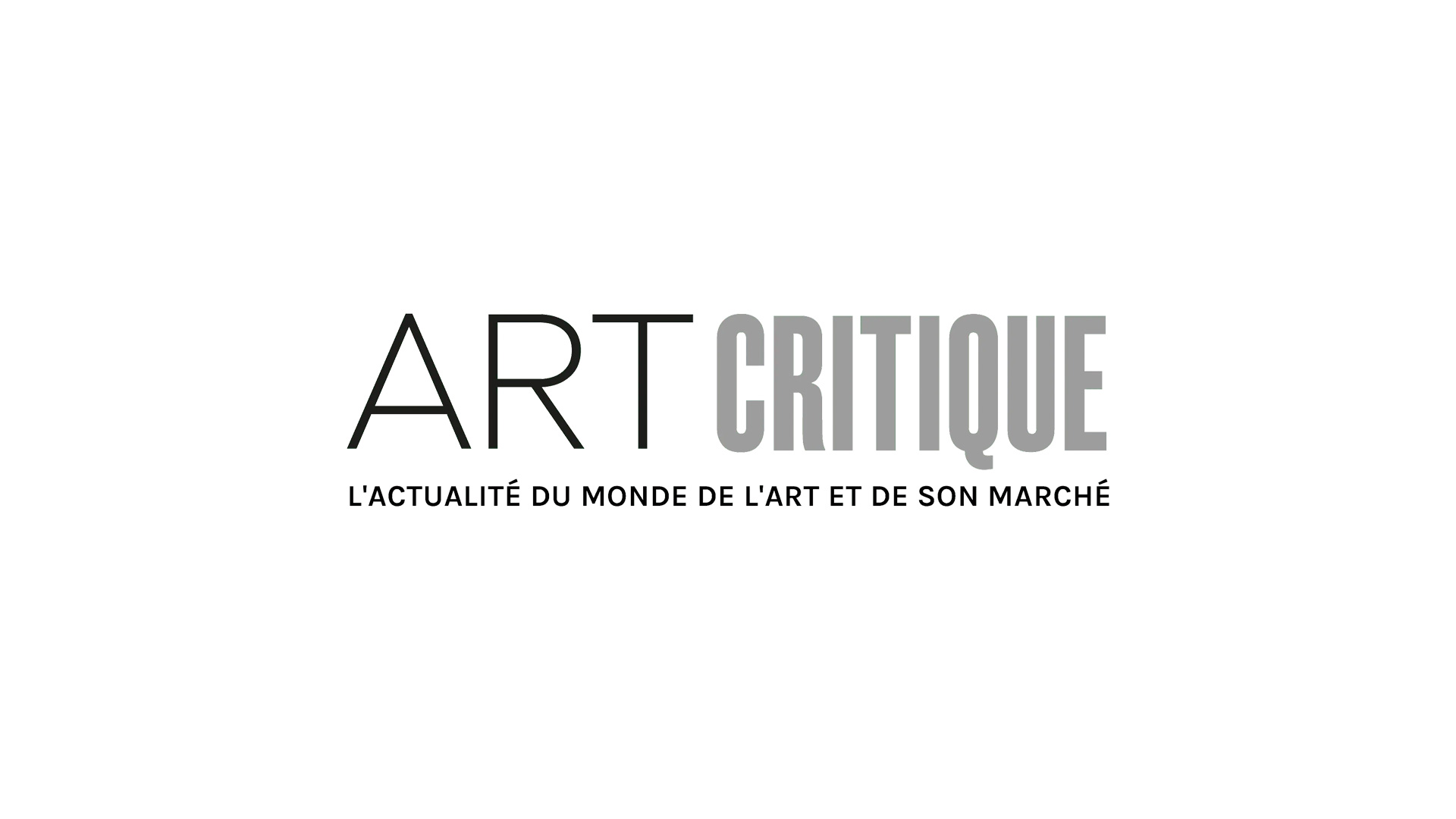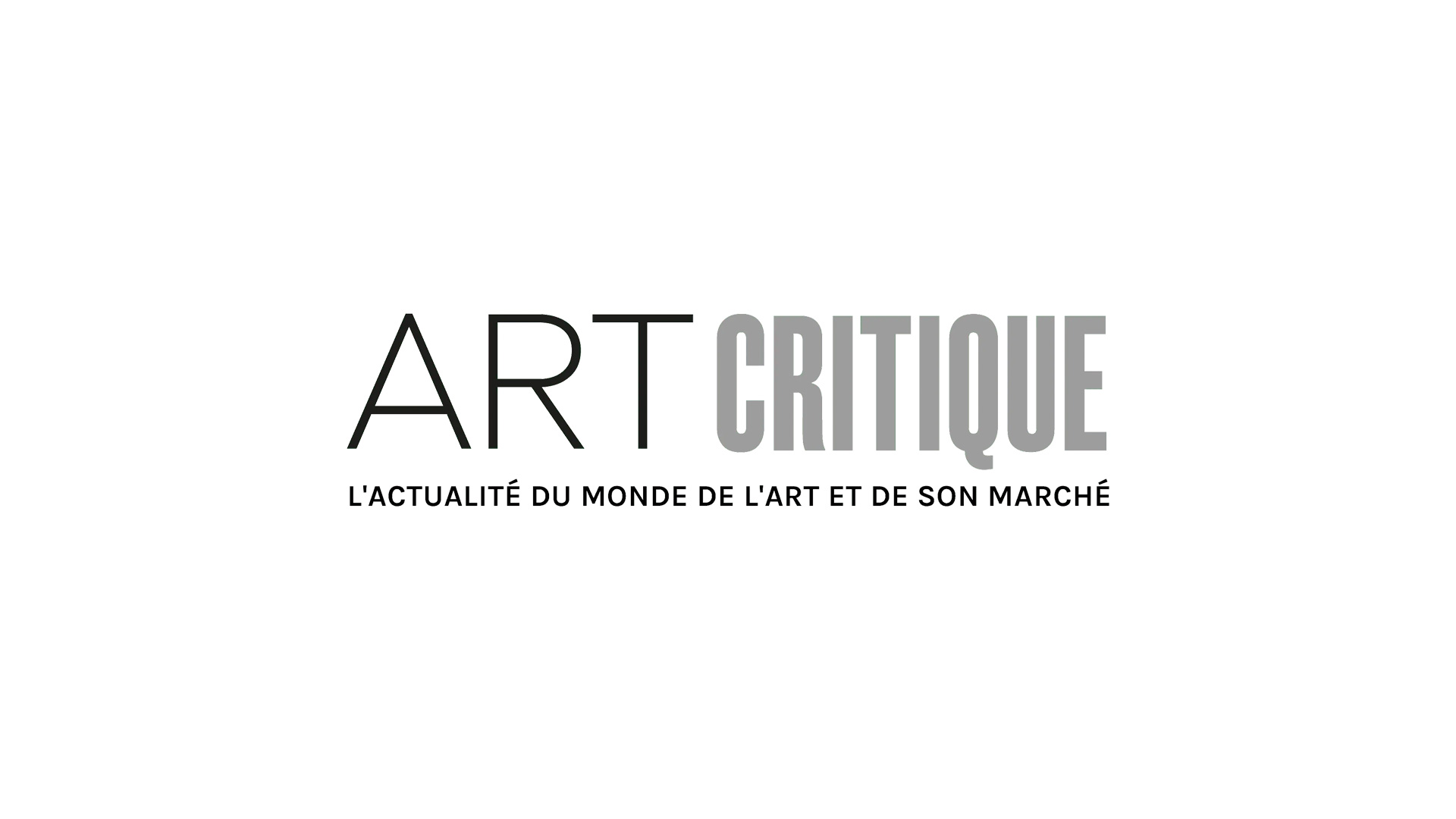In this week’s Art World Roundup, we bring you news of the US Supreme Court’s ruling on the Guelph Treasure, an unusual painting by former UK Prime Minister Winston Churchill heads to auction at Christie’s, and Spain secures the Thyssen-Bornemisza collection for the next 15 years. Also, quilts and other items made by the Gee’s Bend quilters are now available on Etsy, vindication for Nick Cave over an artwork in New York, and the Netherlands make a bold announcement concerning repatriation of cultural objects taken during colonial periods.
SCOTUS sides with Germany in Guelph Treasure case
The US Supreme Court has sided with Germany in a case brought on by the heirs of German Jewish art dealers. The case concerned medieval objects that are part of what is known as the Guelph Treasure. The Guelph Treasures were purchased in 1929 by a consortium of art dealers and after selling some works when the stock market crashed, the remaining works were sold in 1935 to the Prussian state, at the time controlled by Nazi powers. The heirs of these dealers sought out the recovery of the items claiming that the works were sold under duress. In 2014, they began the process of repatriation for the treasures currently housed in the Berlin Museum of Decorative Arts. After approaching the Prussian Cultural Heritage Foundation, the German Advisory Commission for the Return of Cultural Property Seized as a Result of Nazi Persecution found that the sale of the works was done legally and that the heirs’ claim that the works were sold at a fraction of their value was in fact untrue. Following that ruling, the heirs, two of which are US citizens, turned to the US Supreme Court with an appeal. The court case was being carefully watched as a ruling that favoured the heirs could have influenced international law and led to an influx of repatriation cases coming to the US. The Supreme Court, though, stated in its 20-page opinion that the law of genocide, argued by the heirs, did not apply to this case as it was instead dealing with property only. The ruling means that future cases of restitution will likely continue to be held in the courts of their home countries.

Churchill painting heads to auction
What do US President Franklin D. Roosevelt and Angelina Jolie have in common? A WWII era painting by former UK Prime Minister Winston Churchill. The painting, the only one that Churchill painted during the war, was gifted to Roosevelt by the PM and is now being sold by Jolie at an upcoming auction at Christie’s. Titled Tower of the Koutoubia Mosque (1943), Jolie acquired the painting a decade ago after it was passed down from Roosevelt to his son Elliott Roosevelt. Churchill, who was an avid painter tutored by Irish artist Sir John Lavery, painted the work after the Casablanca Conference held in Morocco. Churchill put brush to canvas after Roosevelt was captivated by the mosque while in Marrakech. The country’s landscape would eventually inspire more than 40 works by Churchill but the painting owned by Jolie is made more significant due to the time in which it was created. According to Christie’s head of modern British art, Nick Orchard, the painting is “arguably the best painting by Winston Churchill due to the significance of the subject matter to him, and the fact that it highlights the importance of the friendship between the two leaders.” The painting holds a pre-sale estimate of £1.5 million to £25 million and will lead the March 1st sale.

Major collection to remain in Spain
An agreement reached between the Spanish government and Baroness Carmen Cervera means the Thyssen-Bornemisza collection will remain in Spain for the next 15 years. The Baroness is the widow of Baron Hans Heinrich von Thyssen-Bornemisza. The two curated their collection which is housed at the Thyssen-Bornemisza Museum and spans seven centuries of work that includes artworks by Monet, van Gogh, Gauguin, Picasso, Lichtenstein, Rembrandt, Caravaggio, and Peter Paul Rubens, among others. A question mark over where the collection would remain appeared after a contract with the Spanish government, which had been extended a number of times, expired in 2016. However, for now the collection will remain and the state will have the option to purchase the collection after 15 years. “The [culture] minister has managed to agree a solid contract lasting 15 years, with the option for the State to purchase the collection at the end of that period,” the Spanish culture ministry said in a statement. “The annual fee is €6.5 million a year for a set of paintings and sculptures with a value of €1 billion.” The government acquired 775 artworks from the collection in 1993, and it now has the potential to grow by quite a lot in 2036.
Gee’s Bend quilters showcase their works on Etsy
The quilters of Gee’s Bend, Alabama make incredible works of art and keep a tradition of quilting that dates back to the 1800s alive and well. Since the early 2000s, the Gee’s Bend quilters have garnered the attention of the art world and since, they’ve made a name for themselves that has spread farther than many may have anticipated. Now, items made by the quilters, that exemplify their unique, irregular style, can be found and purchased on Etsy, the international e-commerce platform used by millions of makers. The launch coincides with Black History month in the US and has come about through a partnership between Etsy, Souls Grown Deep, an organisation working to preserve and promote southern African American artists, and Nest, a nonprofit that supports the “handworker economy.” Currently, nine Gee’s Bend artists are offering works, which range from a facemask to quilts large enough to engulf a king-size bed, and more are expected to join in the coming months.

“Truth prevailed!” -Nick Cave
In a unanimous vote, the zoning board of Kinderhook, New York finally put an end to a months-long dispute over a work by artist Nick Cave. With its decision, the board conceded that Cave’s work is in fact an artwork and not just a sign. The artwork, Truth Be Told, was at the centre of the matter for months after it was installed on the façade of Jack Shainman’s gallery. Large, black vinyl letters bearing the artwork’s name kicked up dust as locals and local government members alike argued that the artwork was actually just a sign and therefore violated town mandates. Facing the threat of $200/day fines, Shainman refused to remove the work. In an open letter, Cave wrote: “It is ironic that a work promoting truth-telling has been met with distrust and deceit. They are censoring the words of a Black man in a moment when our country, more so than ever, is divided on the basic principles of fact and fiction.” The letter has now been signed by more than 3,000 individuals and resulted in the artwork finding its next home at the Brooklyn Museum. The final hearing on the artwork was held on January 25 and many weighed in on the matter. In the end, Kinderhook board members decided that the installation was “displayed as a political message and art for a temporary period of time,” meaning that the town’s code “does not apply to regulate the exhibit as a sign.”

The Dutch government makes moves on repatriation
Moving forward in the fight to return items looted and stolen during colonial periods, the Dutch government has agreed to install guidelines to ensure that objects taken by the Netherlands will be returned. “Because of the imbalance of power during the colonial era, cultural objects were—effectively—often stolen,” said the Dutch government in a statement. “If it can be established that an object was indeed stolen from a former Dutch colony, it will be returned unconditionally. Cultural heritage objects that were stolen from a former colony of another country, or which are of particular cultural, historic, or religious significance to a country, may also be eligible for return.” The announcement comes after an October report commissioned by the culture ministry recommended the Netherlands to unconditionally return artworks and cultural items to their countries of origin. If the Netherlands makes good on this promise, they could become one of the leaders in the fight for repatriation. “The colonial past is a subject that still personally affects many people every day. This is why we must treat colonial collections with great sensitivity,” Ingrid van Engelshoven, the nation’s minister of education, culture, and science, said in a statement. “There is no place in the Dutch state collection for cultural heritage objects that were acquired through theft. If a country wants them back, we will give them back.”





